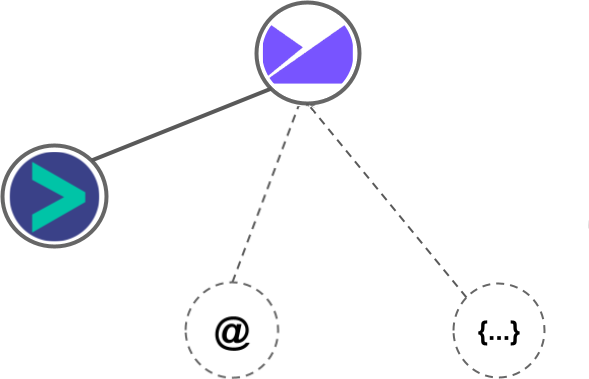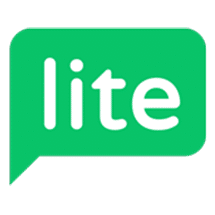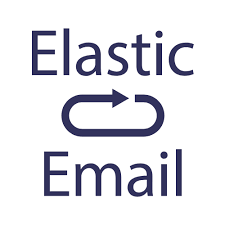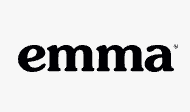Mailchimp vs Campaign Monitor
Hyperise integrates with 100's of sales and marketing tools, many of which are in the Email Marketing category. With so many to choose from it's sometimes hard to know which is best, but don't worry, we've got your covered.
In this comparison guide we're going to look at the Highlights, Pros, Cons and Pricing of Mailchimp and Campaign Monitor. We'll also delve into the details of which offers the best personalization options within Email Marketing, with there respective Hyperise integrations
Mailchimp
Pricing: Mailchimp offers several pricing plans based on the number of subscribers you have and the features you need. They also offer a free plan with limited features. Here are their paid pricing plans for their email marketing service: - Essentials: starting at $9.99/month for up to 500 subscribers - Standard: starting at $14.Vs

Campaign Monitor
Pricing: Campaign Monitor offers a range of pricing plans based on the number of subscribers you have and the features you need. Here are the basic plans: - Basic Plan: This plan starts at $9/month, allowing you to send unlimited emails to up to 500 subscribers. - Unlimited Plan: The Unlimited plan starts at $29/month, allowing you to send unlimited emails to up to 500 subscribers, with access to advanced features and analytics.
Mailchimp vs Campaign Monitor Highlights
Mailchimp and Campaign Monitor are both email marketing platforms that allow users to create and send newsletters, campaigns and automated emails. The main difference between the two platforms lies in their target audience, features, and pricing.
Mailchimp is designed to cater to small businesses and startups, offering a range of features such as segmentation, automation, A/B testing and analytics. They have a user-friendly interface and a drag-and-drop editor that makes it easy for users to craft professional-looking emails. Mailchimp's pricing model is based on a sliding scale, where the cost increases as the number of subscribers' increases.
Campaign Monitor, on the other hand, is designed for larger enterprises and organizations that require more advanced features such as dynamic content, comprehensive reporting, and integrations with other marketing tools. They use a pay-per-email pricing model, which means that customers only pay for what they send, making it a more cost-effective option for those who send fewer emails.
In a nutshell, Mailchimp is ideal for small businesses that want an affordable email marketing solution with basic features, whereas Campaign Monitor is the preferred option for larger organizations that require advanced features and a scalable pricing model.
Mailchimp vs Campaign Monitor Pros
Mailchimp Pros
- Free plan available with limited features in Mailchimp
- More email templates to choose from in Mailchimp
- Integrates with more third-party tools and apps than Campaign Monitor
- Offers social media and ad retargeting features in Mailchimp
- Advanced audience segmentation and tagging options in Mailchimp
- Better customer support options with Mailchimp
- More affordable pricing plans with Mailchimp for larger email lists
Campaign Monitor Pros
- Campaign Monitor offers better customization options for email templates compared to Mailchimp, which can help businesses create more unique and attractive emails.
- Campaign Monitor has a more comprehensive reporting and analytics system, providing businesses with more in-depth insights into their email campaigns performance.
- Campaign Monitor has a better customer support system, offering phone support and 24/7 email support, while Mailchimp only offers email support.
- Campaign Monitor has a more straightforward pricing system and offers more scalable pricing options, making it easier for businesses to scale their email marketing efforts as they grow.
- Campaign Monitor has a better user interface, providing a cleaner and more intuitive user experience overall.
Mailchimp vs Campaign Monitor Cons
Mailchimp Cons
- Here are some of the cons of Mailchimp compared to Campaign Monitor:
- Limited email templates: Mailchimp offers a limited number of email templates, whereas Campaign Monitor has a wider range of options.
- Restrictions on automation: Mailchimp's automation features are limited compared to Campaign Monitor's advanced automation options.
- Complexity of the platform: Mailchimp's interface can be overwhelming and confusing for beginners, whereas Campaign Monitor's platform is more intuitive and user-friendly.
- Customer support: Campaign Monitor has been praised for their excellent customer support, while Mailchimp's response time to customer queries can be slower at times.
- No mobile app: Mailchimp doesn't offer a mobile app for their platform, making it less convenient for mobile users compared to Campaign Monitor's mobile app.
Campaign Monitor Cons
- Limited templates and design customization options
- Less intuitive interface and workflow for email creation and list management
- No built-in landing page creator or social media ad creation tools
- More expensive pricing plans, especially for larger lists and advanced features
- Limited automation and segmentation capabilities
- No mobile app for on-the-go campaign management
Mailchimp & Campaign Monitor Hyperise Integrations
Mailchimp uses the HTML code embed method to integrate with Hyperise, giving a simple way to add personalized images to your messages.
Mailchimp makes the following data points available to Hyperise, to enable personalization in images used in outreach and linked out to your personalized website landing pages.
- Using business Email passed from Mailchimp, Hyperise is able to enrich business logo and website screenshots. In some cases, with a business Email we're also able to enrich profile images, subject to the business email having a publicly available profile.
Mailchimp Integration Guide
Campaign Monitor uses the HTML code embed method to integrate with Hyperise, giving a simple way to add personalized images to your messages.
Campaign Monitor makes the following data points available to Hyperise, to enable personalization in images used in outreach and linked out to your personalized website landing pages.

- Using business Email passed from Campaign Monitor, Hyperise is able to enrich business logo and website screenshots. In some cases, with a business Email we're also able to enrich profile images, subject to the business email having a publicly available profile.
Campaign Monitor Integration Guide
 vs
vs 




 vs
vs  vs
vs  vs
vs  vs
vs  vs
vs  vs
vs  vs
vs  vs
vs  vs
vs  vs
vs  vs
vs  vs
vs  vs
vs 
 vs
vs  vs
vs  vs
vs  vs
vs  vs
vs  vs
vs 
 vs
vs 






 vs
vs  vs
vs 













